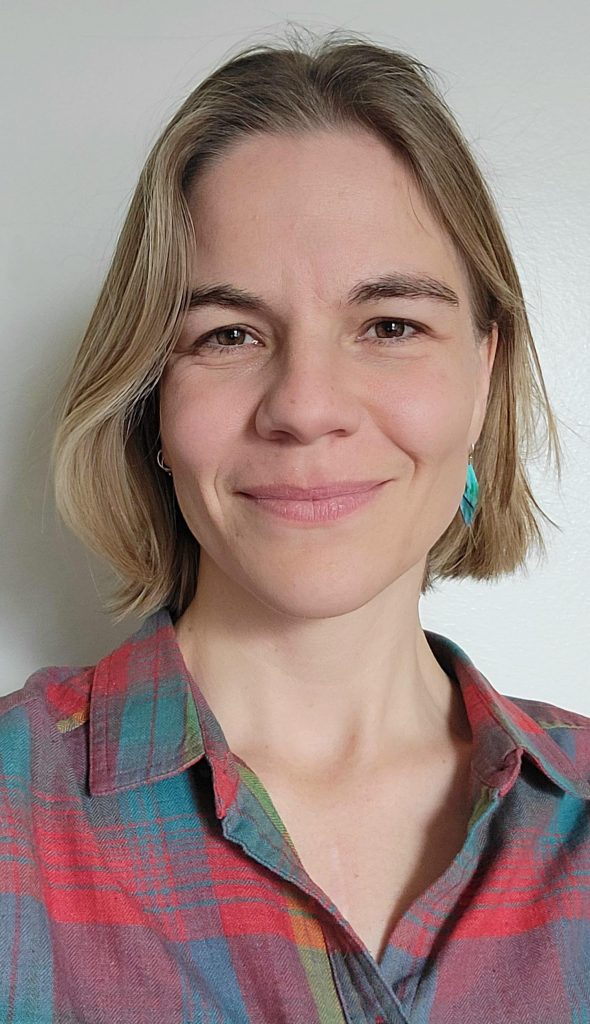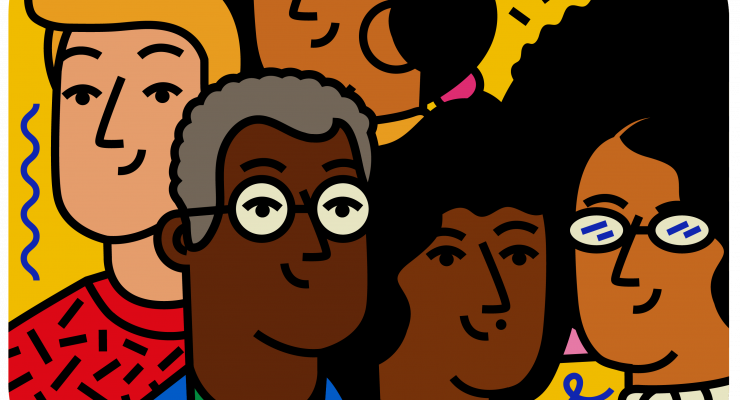For tenure track faculty with research intensive roles, balancing research and teaching can be difficult. Meanwhile, students are eager to obtain transferable skills to enhance their career prospects at the same time as community and government organizations benefit from research projects that provide useful data for their work. With these realities in mind, I set out to incorporate a community-engaged research project into my undergraduate Environmental Sociology course at Utah State University.
I knew I wanted the project to focus on water conservation (a salient topic in Utah), particularly on the state’s rollout of the Landscape Conversion Incentive Program (LCIP)—a program that incentivizes the replacement of residential lawns with more water-efficient landscaping. To prepare for the course, I coordinated with two community partners to refine the project’s research objectives and develop interview instruments that would generate useful data for each agency: the Utah Division of Water Resources (the agency that rolled out LCIP) and the City of North Logan (the municipality closest to our campus that is eligible for the program). In addition to building this collaboration, I applied to have the course designated as community-engaged learning (CEL) and submitted an IRB protocol with each student listed as a research assistant.
Once the course began, students obtained their CITI certification as required by IRB. Early in the course, they read empirical and theoretical works highlighting water conservation, landscape conversion, and the cultural significance of lawns in the United States. They also learned about interview-based data collection to prepare them for the task at hand. In the meantime, I was hard at work with participant recruitment, a task I didn’t want to burden the students with. I distributed flyers at key public locations across North Logan, and set up a participant recruitment booth at North Logan City Library. Participants were offered $20 gift cards for participating in our study. It took a couple of weeks to get participants enrolled in the project, but once we had willing participants trickling in, I paired each student with an interviewee. Students reached out to participants to schedule their interviews, carried out and audio-recorded the semi-structured interview, and then transcribed and proofed the transcriptions in Otter.ai (a transcription software).
All proofread and de-identified transcripts were then brought into Dedoose, a cloud-based software for qualitative coding. We then held a three-day “Coding Jamboree,” in which students worked together to code all of the interviews for emerging themes, patterns and outliers. Students then individually used the coded dataset to write up individual papers connecting their findings to the literature read earlier in the term. Finally, the whole class collaborated to produce a presentation of preliminary research findings that they presented over Zoom to our collaborating agencies.
By the end of the semester, students were CITI certified and had experience with 1) carrying out a semi-structured interview, 2) transcribing and editing, 3) coding qualitative data, 4) writing a qualitative research paper, and 5) presenting findings to state and local agencies. Meanwhile, with the assistance of my students, I collected data that I will use in subsequent reports and publications. Finally, our partnering agencies received data that will help them refine their water conservation and LCIP rollout efforts. This is why I like to think of community-engaged learning as a triple win: a win for students, for faculty, and for the community.

Kirsten Vinyeta is an assistant professor and environmental sociologist at Utah State University. Her research employs qualitative methods to study the socio-political dimensions of land and fire management, federal-tribal relations, climate vulnerability and resilience, and multispecies dimensions of human social systems. She teaches courses on environmental sociology, the sociology of climate change, multispecies justice, and social science methods.


Comments